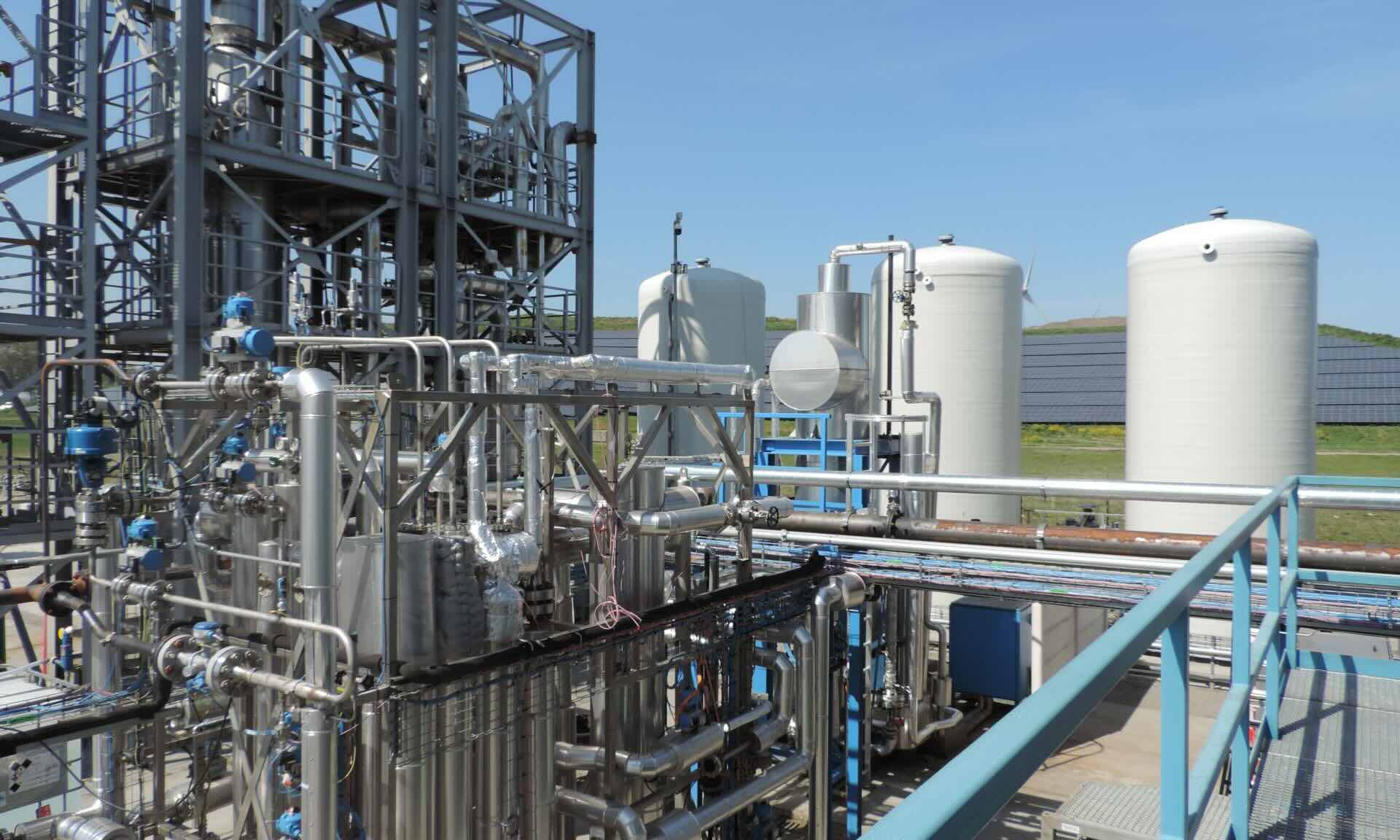
What is gasification? Simply put, gasification is a process that converts organic or fossil-based carbonaceous materials into carbon monoxide, hydrogen, and carbon dioxide. This happens by reacting the material at high temperatures, over 700°C, without combustion, with a controlled amount of oxygen and/or steam.
Why is gasification important? It offers a cleaner alternative to traditional combustion methods. By transforming waste materials into useful gases, it reduces landfill use and lowers greenhouse gas emissions.
How does gasification work? The process involves four main stages: drying, pyrolysis, oxidation, and reduction. Each stage plays a crucial role in breaking down the material and producing syngas, a valuable energy source.
What are the benefits of gasification? It provides a sustainable way to manage waste, generate energy, and reduce environmental impact.
What is Gasification?
Gasification is a process that converts organic or fossil-based carbonaceous materials into carbon monoxide, hydrogen, and carbon dioxide. This is achieved by reacting the material at high temperatures, over 700°C, without combustion, with a controlled amount of oxygen and/or steam. Here are some intriguing facts about gasification:
-
Ancient Roots: Gasification isn't new. It dates back to the 1800s when it was used to produce town gas for lighting and cooking.
-
Versatile Feedstock: Almost any carbon-containing material can be gasified, including coal, biomass, and even municipal solid waste.
-
Syngas Production: The primary product of gasification is syngas, a mixture of carbon monoxide, hydrogen, and carbon dioxide.
-
Cleaner Energy: Gasification produces fewer pollutants compared to traditional combustion methods.
-
High Efficiency: This process can convert up to 80% of the energy in the feedstock into useful energy.
How Does Gasification Work?
Understanding the mechanics of gasification can help appreciate its benefits and applications. Here are some key points:
-
Thermal Process: Gasification involves heating the feedstock to high temperatures in a low-oxygen environment.
-
Chemical Reactions: The process relies on several chemical reactions, including pyrolysis, oxidation, and reduction.
-
Controlled Environment: The amount of oxygen is carefully controlled to avoid complete combustion.
-
Endothermic Reaction: Gasification is an endothermic process, meaning it absorbs heat.
-
Reactor Types: There are different types of gasifiers, including fixed-bed, fluidized-bed, and entrained-flow gasifiers.
Applications of Gasification
Gasification has a wide range of applications, making it a versatile technology. Here are some of its uses:
-
Electricity Generation: Syngas can be used to generate electricity in gas turbines or internal combustion engines.
-
Chemical Production: Syngas serves as a building block for producing chemicals like methanol and ammonia.
-
Fuel Production: It can be converted into liquid fuels such as diesel and gasoline through processes like Fischer-Tropsch synthesis.
-
Hydrogen Production: Gasification is a significant source of hydrogen, which is essential for various industrial processes.
-
Waste Management: It offers a way to convert waste materials into useful energy, reducing landfill use.
Environmental Benefits of Gasification
Gasification is often touted for its environmental advantages. Here are some reasons why:
-
Lower Emissions: It produces fewer greenhouse gases compared to traditional combustion.
-
Reduced Waste: Gasification can convert waste materials into energy, reducing the need for landfills.
-
Cleaner By-products: The by-products of gasification, such as slag, are often less harmful than those from combustion.
-
Carbon Capture: Gasification can be integrated with carbon capture and storage (CCS) technologies to further reduce emissions.
-
Renewable Energy: When biomass is used as a feedstock, gasification can be considered a renewable energy source.
Challenges and Limitations
Despite its benefits, gasification faces several challenges. Here are some of the main issues:
-
High Costs: The initial investment for gasification plants can be high.
-
Complex Technology: The process involves complex technology and requires skilled operators.
-
Feedstock Variability: Different feedstocks can produce varying results, making standardization difficult.
-
Tar Formation: Tar can form during gasification, which can clog equipment and reduce efficiency.
-
Water Use: Gasification can require significant amounts of water, which can be a limitation in arid regions.
Future of Gasification
The future of gasification looks promising, with ongoing research and development. Here are some trends and innovations:
-
Advanced Gasifiers: New designs aim to improve efficiency and reduce costs.
-
Integration with Renewables: Combining gasification with renewable energy sources can enhance sustainability.
-
Carbon Neutrality: Efforts are underway to make gasification a carbon-neutral process.
-
Waste-to-Energy: Innovations are focusing on improving the conversion of waste materials into energy.
-
Hydrogen Economy: Gasification could play a crucial role in the emerging hydrogen economy.
Interesting Tidbits
Here are some additional fascinating facts about gasification that you might not know:
The Power of Gasification
Gasification is a game-changer in energy production. It converts various feedstocks into syngas, which can be used for electricity, fuels, and chemicals. This process reduces waste, lowers emissions, and offers a sustainable alternative to traditional fossil fuels. From coal to biomass, gasification can handle diverse materials, making it versatile and efficient.
Understanding gasification's benefits can help us make informed decisions about energy use. It's not just about reducing waste but also about creating cleaner energy sources. As technology advances, gasification could play a crucial role in our energy future.
By embracing gasification, we can move towards a more sustainable and eco-friendly world. It's a step forward in addressing energy challenges and environmental concerns. So, next time you think about energy, remember the potential of gasification. It might just be the key to a greener future.
Was this page helpful?
Our commitment to delivering trustworthy and engaging content is at the heart of what we do. Each fact on our site is contributed by real users like you, bringing a wealth of diverse insights and information. To ensure the highest standards of accuracy and reliability, our dedicated editors meticulously review each submission. This process guarantees that the facts we share are not only fascinating but also credible. Trust in our commitment to quality and authenticity as you explore and learn with us.
